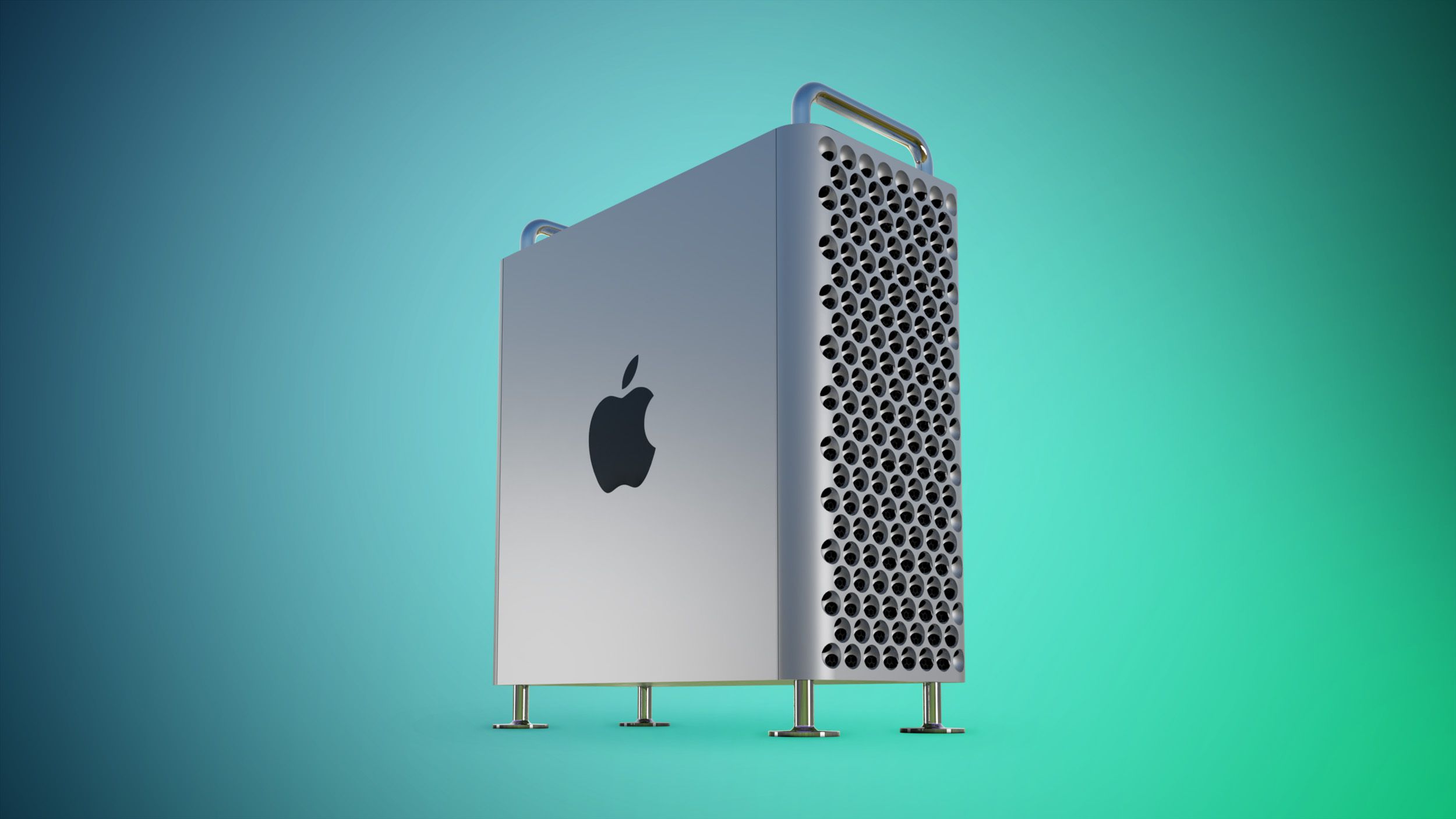There's a difference between old and crap. If you want a 486, say, you can get a good 486 on a motherboard with lots of expansion, VLB or PCI options for good video, etc. Or you can buy my first Windows machine - an AST 486DX2/50 that's actually Cyrix not Intel (clever deceptive marketing, the 50MHz Cyrix is apparently closer to a 33MHz Intel in performance), 8250 UARTs for the serial ports so forget about any external modems, only 1 PATA channel so your 2x CD-ROM and your HDD run on the same channel, no expansion other than 3 ISA slots (two of which were used from the factory by an SB 16, the only good part of the box, and a 14.4 modem), crappy onboard Cirrus Logic video, a BIOS that is limited to 512 meg HDDs (it shipped with a 420 meg), etc. Need I keep going?If there goal is to run certain software, they may need the old cheap hardware just to get it to work, there are certain processor/bus differences that can upset timing sensitive software. Even dropping in an SSD with the appropriate converters can make it not work if something works faster than it should! Win98 has a CPU race condition that made it not able to run easily on decent hardware for a long time.
Just what's available and not. Windows has a much richer and more varied history.
I actually saw an original unmodified version of that machine, complete with the original 4MB of RAM and the 14" CRT that didn't support any good refresh rates, on Facebook Marketplace for CAD$150. I don't get it. Can't you find a decent 486DX2/66 with a real motherboard, 2 PATA channels, etc if you want a 486 DOS box? And if you want a CRT, aren't there any nice 17/19"s that support real refresh rates still floating around?
A few weeks earlier, I saw somebody selling a sibling of my second Windows machine, an IBM "E-series" (i.e. Acer-built/designed) Aptiva with a K6 or K6-2 for something like $300-350. This is a Mac forum so I won't set out all the ways in which this is a crappy system. But it was. Again, if you can find a Gateway or Dell or home-built system from the same era, you'll get a much better system.
These are bottom of the barrel, low-expandability, utterly forgettable clones that were sold to mass market consumers who didn't know better. I would further add that neither AST nor IBM were still selling consumer machines by the turn of the millennium, which might tell you something about the market's reaction to this junk.
And no, it's not just 'what's available and not'. That's what I found interesting. In Windowsland, things that were low-end at the time can sometimes end up more valuable for vintage purposes because those low-end things have better compatibility with older things. e.g. vintage folks seem to love K6-2s because... not sure exactly, but I think the compatibility for DOS/Win3.1 is much better. No one bought a new K6-2 in 1999 if they could afford a Pentium II/III or Athlon. Similarly, in ~2004-5, the PC world moved to DDR2/SATA/PCI Express, so if you had money and wanted the newest Pentium 4, you bought a i915 chipset board, a PCI-E GPU, DDR2 RAM and a SATA HDD. If you had no money, you bought an LGA775 i865 board that would you keep your AGP GPU, DDR1 RAM, and had two PATA channels. Later variants of a few of those boards even supported Core 2 Duo CPUs. But here's what's interesting (and what almost no one was thinking about in 2004-7 when these things were being purchased) - in the vintage community, the i865 board is actually more valuable because it runs Windows 98, which does not support PCI-E, whereas the i915 is useless - if you want something to run XP, well, there are a lot better XP machines than a mid-life single-core Pentium 4.
That doesn't appear to be true in Mac world, or at least I cannot think of any scenario where a lower-end Mac/component/etc would turn out to be more prized in the vintage world than a higher-end alternative from the same time period. (Okay, if you want to stretch it, I can think of one example - the MDD 2003 vs the FW800 MDD, the 2003 is preferable for retro purposes because it can boot OS 9 while the FW800 had the extra FW ports, faster CPUs, and I think better AirPort support. But the MDD 2003 is also the only example in Apple history I can think of where they deliberately built a mildly-'retro' system...)


